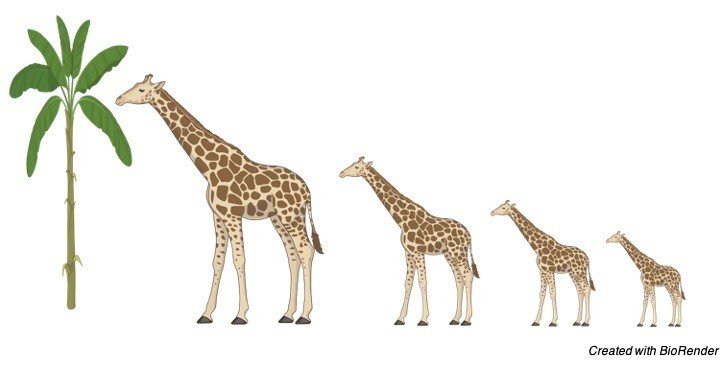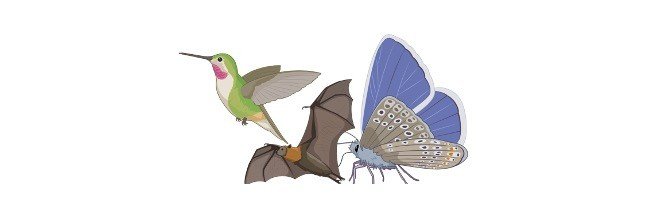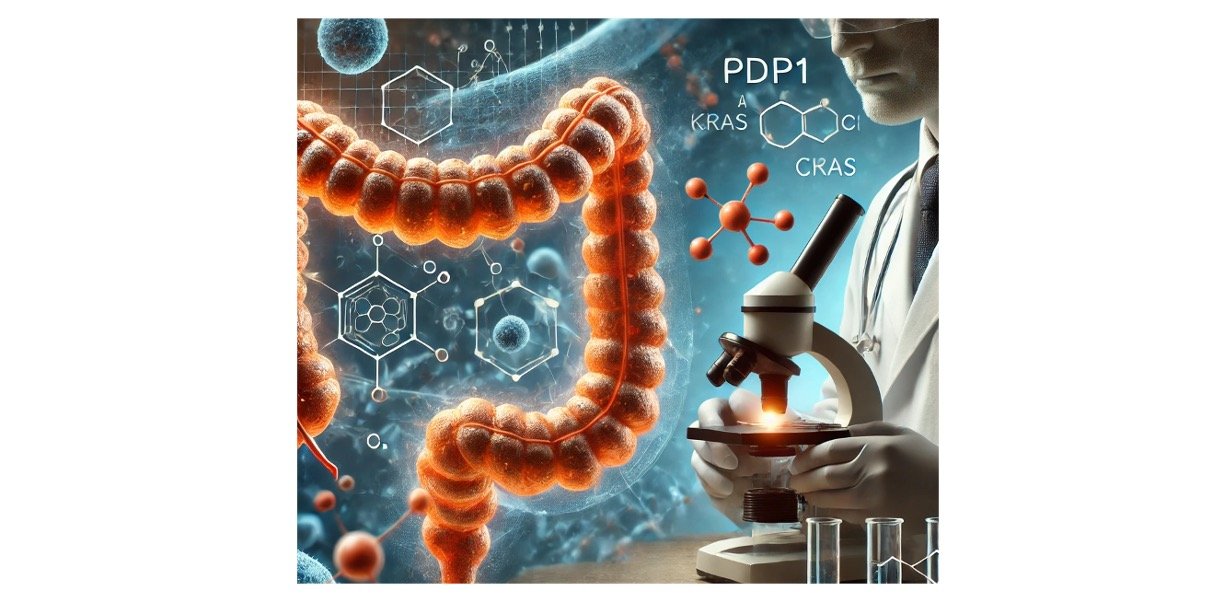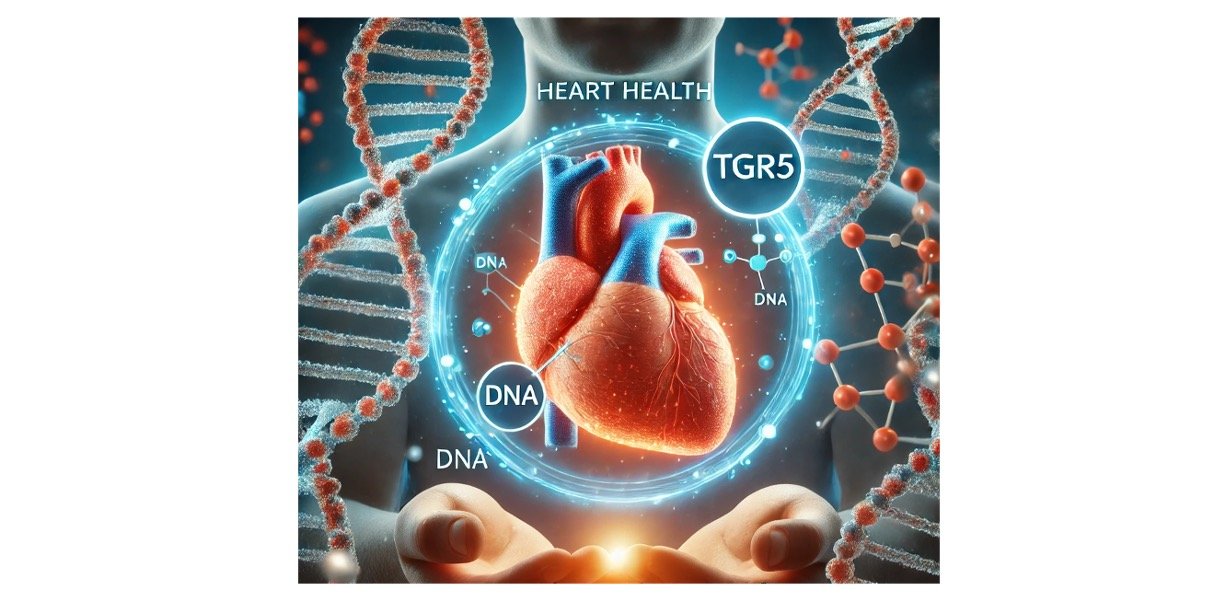Table of Contents
Natural Selection Definition
Natural selection can be defined as the process in which the organisms learn to adapt to the changes in the environment, due to unfavorable condition. Those organism who can adapt to the changes will survive for a longer duration and reproduce quite a number of offspring. With different adaptations, organisms will acquire traits, that will get passed on to other generations and will differentiate that organism from the others.
Natural selections comprises of two things, producing offspring and surviving in various condition according to Urry. With each organism differing from one another, and with various changes happening, the way these organism keep surviving and produces more offspring will make them more dominant and their genes, thus leading to longer survival.
As changes will keep on happening, organism will have to keep adapting and keep surviving and this way only the evolution process will continue to move on.
What is Natural Selection?
Natural selection can be explained with the help of an example when the organism are well adapted to their environment and suddenly due to unfavorable condition, their offspring will have to adapt to the changes so that they can survive and pass their traits to the other generation and the cycle continues is the what natural selection is.
Only those organism that have adapted will be able to reproduce and continue the process of evolution. Even in two species there will be difference and these differences are the one’s that will help them to reproduce further, other wise it would lead to the end of their species.
Without the natural selection, organism would not have the ability to adapt and to pass on that traits to the others where they have to fight for resources, territory and others. The one’s who survive will have more offspring, which helps them to thrive with limit requirements.
Organisms with genetic variations will survive longer and reproduce more than the one with less variation and will move on further due to their higher chance of survival, mating and reproducing.
History of Natural Selection
The natural selection theory was given by Charles Darwin when he was on a trip travelling the world from 1831-1836. While travelling he observed that same animals show variation in appearance and habitat, which he later termed as adaptations. But before Darwin put up his work there were various theories as well.
Pre-Darwinian Theories
a). Jean Baptiste Chevalier de Lamarck (1744- 1829)
This was the very first theory to be proposed and this man was an advocate who came up with the concept of spontaneous generation, which was that living things arise from non-living things on their own and further turn into complex forms for survival. Lamarckianism was also his theory which was acknowledged and said that evolution happens due to transfer of traits which help to adapt better and for longer survival. The ultimate goal of evolution is human race.
He said that adaptations to be inherited requires the parent to adapt to the changes in a better manner than the others. This can be explained with an example of giraffes. Giraffe’s ancestors were believed to have short neck. To obtain food which was leaves from trees, they stretched their neck leading to longer neck in each generation. Thus, change was seen in the body shape.

Another example is that of egrets and heron who had short legs, but due to stretching their legs have evolved in tall legs. Another concept that Lamarck thought was possible is new organ development which could develop the function of the previous one.
However, is no longer believed due to upcoming of various new theories, but he made the first step towards the start of the evolution.
b). George Cuvier (1769-1832)
George was the pioneer of who made a documentary on extinct animals. He also did not agree with Lamarck’s theory, but did belief that there was some sort of ancient life. He was a dinosaur expert and believed species couldn’t change.
Another pre-Darwinian theory was catastrophism, which said that earth was a hot ball of lava, which eventually cooled., which was opposed by Charles Lyell and came up with the concept Uniformitarianism which said rather than the huge catastrophe, earth had undergone a slower process. These processes are deposition, weathering, lithification and others which changed the earth as we can see it now.
George Cuvier and Charles Lyell did not accept the idea of Charles Darwin; however, it was proved in the 1860, which was later accepted by Lyell, but George Cuvier was already dead by that time. All the catastrophic events have affected the biological evolution.
Darwin’s Theory
Charles Darwin observed a variation in the organism appearance and other patterns. For example, birds of the Galapagos Island are quite different from each other as in some have huge and rigid beak, whereas others have sharp and thinner beak. However, Darwin was unaware that these birds were similar to each other, after he confirmed it with an ornithologist.
This different changes in the finches were the adaptations made by them to survive, forming novel species. Thus, Darwin gave the evolution theory by natural selection. The theory states that offspring arise from the parent species and they keep on adapting over time. Thus, the ancestors become the same, but its generations keeps on adapting thus, forming a new species.
Charles Darwin theory is one of the most acknowledged theory, which has two parts. The first one say that all forms of life are linked to each other. Due to diversification, some characteristics are chosen over the other is the second part which forms Charles Darwin’s theory of natural selection.
Traits are Heritable: This statement means whenever an organism has acquired some trait due to unfavorable conditions, it can reproduce and pass it to the next generation so that the characteristics try to come out in consequent generation.
Traits Inherited in Offspring Helps Them to Compete for Resources: With the characteristics inherited in the subsequent generation, they have more chances of survival and can reproduce once they have acquired any trait which can be further passes on so that they can fight for resources, territory and other requirements.
Huge Number of Offspring, then the Environment can Take Care of: If this is the scenario then, it would lead to competition and depletion of resources very quick. Less food, area, mating partners and other resources.
Principle of Natural Selection
Natural selection primarily relies on the environment and supports only those characteristics that are important to reproduce and to survive. It is not necessary that traits which are beneficial to one maybe important to others as well. On the basis of the traits visible, natural selection takes place. Variations in the organism could be seen due to mutations or other changes. The 4 main principles of Charles Darwin are which are seen his book “Origin of species”
Variation: Variation in organisms can be seen in height, weight, color, appearance, behavior, traits and other characteristics. Some organism might show less variation while others may show more, thus differing from the population. Ex various colors are seen in one type of moths. Moths which can camouflage to the color of the tree bark is also a variation, which will pass on to other generation and thrive and make more offspring.
Inheritance: Traits that are favorable for survival are usually passed on to the other generation. Natural selection would take place only if a trait has been affected by environment. Thus, unfavorable traits will not be seen much whereas the favorable one will be selected. Ex finches of Galapagos shows quite a variation in the beak and are thus chosen by natural selection. Thus, only those organism which have made adaptation will pass on the traits to the other traits to the generations coming.
Huge Population Growth: As the organisms produces large number of offspring than it can take care of, leading to competition and resources getting depleted. Thus, the mortality also increases due to scarcity of resources, and only those who can get out of it survive and reproduce. For example, fish produces millions of eggs in one go, however only few survive. However, they have large number of people who catch fish, thus a greater number of fishes, higher the chances of survival. Thus, the one that survive, passes on their genes to the others.
Reproductive Advantage: As the beneficial traits have been passed on the upcoming generation, thus, those traits might be seen in the whole generation. Ex the huge tail of peacock is for attracting their partners. Thus, being a reproductive advantage. The camouflage ability of a moth on the tree bark from prey is a survival advantage. Another reproductive advantage is when plants increases their pollens. Other advantages choosing partner, mode of reproduction, child care so that it offer advantages further are the various other pros.
Principle of Evolution
There are 4 principles of evolution and they are:
i. Competition
With every generation the number of offspring usually increases, thus it leads to competition within the organism for resources. Those who obtain the resource, survive and produce offspring to pass on the traits. Competition is of two types; intraspecific and interspecific. In intraspecific, members of the same group fight against each other. Example two lizards fighting for the mating partner. Such competition is seen for adaptation within a population. In interspecific, competition is between two different species. Ex two different species fighting for food. In such competition, one species might get extinct.
ii. Heritable Differences
Differences in trait can be found in different individual, which can be important or non-beneficial. Thus, the beneficial one will survive and further pass the traits. Heritability can be defined as the amount of variation seen in a particular trait, which is said to be same for a given population and changes with time. For example, Due to the smoke released from the chimney, tree barks changes color to a dark color. Moths which are darker in color can camouflage to the trees whereas the lighter moths cannot thus have more chances of getting hunted.
iii. Survival of the Fittest
For the survival and reproduction, variation is very important as the traits will play the role to allow the survival and reproduction. Thus, fitness which can also be referred as strength, intelligence comes into picture. For example, incase of peppered moth, which are dark in color, thus are more capable of adjusting and will longer and keep on reproducing than the light-colored moths.
iv. Descent with Modification
This is seen when a species has been isolated from the other one with the same ancestors, but forms a new species. Thus, here diversity of traits will make them novel from others. Example turtles on a low area have shorter neck than turtles of the Galapagos Island. Thus, the turtles with longer necks will be chosen because of their adaptation. In case of any calamity such as drought, the one with a longer neck are more capable of surviving and producing than the other. Thus, the traits will be passed to the other generation, with change in the species. This can be called as descent with modification.
Natural Selection Types
i. Stabilizing Selection
It can be defined as selecting the trait that is neither too favorable or unfavorable, instead selecting the intermediate of both is called as Stabilizing selection. For example, plants which is shorter in height will receive less light, whereas the plant which is tall have chances of getting broken by the wind, thus, intermediate height plant will be perfect. Thus, the characteristic expressed here later would be plants of medium size, which is not of a significant value but an average one but allows the reproduction to continue.
ii. Directional Selection
Due to the environmental change the organism has also shifted to other direction to protect itself from getting preyed. Example peppered moth in England were previously light in colors, due to light colored trees, however due to industrial smoke settling on trees and becoming darker in color. The moth shifted to darker color to protect itself from getting hunted, thus all the moth adapted this change for survival. Thus, environment change directly affects the others and thus, they have to adapt to the change making it directional.
iii. Diversifying or Disrupting Selection
This type of selection protects both the sides of variation, however is harmful to the intermediate one. For example, oysters which are light colored are not visible much and dark colored oysters mix with the color of rocks. However, intermediate colored are more susceptible to preyed by crabs. Thus, the other two types will survive and reproduce. Such type of selection are called as polymorphism.
iv. Sexual Selection
As the name suggests, organism should have a trait or a characteristic so that they are preferred over the other one. For example, Due to a mutation, Drosophila flies have yellow-colored bodies than the normal grey color flies. Thus, females will choose yellow- colored male flies over the normal one. Another example are male deer which have antlers and the one who has nice antlers has the chances of succeeding and getting the mate. The main objective of selecting a partner is to mate and to have offspring.
v. Predator- Prey Selector
Predator is the one that hunts down and prey is the organism which gets killed. Thus, prey will have some mechanism to prevent itself from getting hunted such as camouflage, chemical, mechanical and behavioral. Thus, when the prey feels, they might be in danger, they will release certain chemicals to protect itself and change its shape. Another example is chameleon which changes color to protect itself from predators. Thus, these organism tend to become more defensive whereas the predators understand the tricks and tries other ways. Thus, adaptation is happening in both scenario. However, if an organism is unable to cope up then it might be extinct.
vi. Kin Selection
In this type of selection, those traits are chosen which are beneficial to all members. For example, bees although cannot produce offspring, they spend their whole life making the hive, thus the characteristic of these bees will be incorporated into the queen, thus when she produces offspring indirectly.
Natural Selection Examples
a) Black furred vs tan furred mice: There are two types of mice such as black mice and tan mice. However, in night and as rocks are black in color, black mice are not visible, thus, hawks can easily find the tan mice and will be consumed by the hawk, but not the black mice. Thus, tan mice will extinct and large number of black mice would survive and the trait inherited is fur color. Its an example of descent with modification.
b) Long tailed vs short tailed peacocks: The long tail of feathers is the characteristic to attract mate and to stop predators from going away. Thus, long tail peacocks produce more offspring than the one with short tailed. Thus, the trait will be passed on and all the peacocks will have plumage and with the change in the color of tail of peacock, it became known that peahens prefer bright colored plumage.
c) White, black and brown mice: Evolution happens due to natural selection. White colored are visible to the predators; thus, their trait will not move to the next generation. Brown and Black colored mice can camouflage; thus, their traits will pass to upcoming generation.
d) Long vs short neck giraffes: Few giraffes have short neck whereas the others have longer necked. Due to some calamity, if shorter plants are unavailable, then giraffes with short neck will not be bale to survive, thus only long neck giraffes would survive and reproduce and pass the traits.
e) Gray vs green tree frogs: On the tree barks both these types of frogs will be found. As grey colored tree frogs can better camouflage, thus have more chances of surviving from the predators such as snakes and bird and its trait will be passed down the generation to come. Thus, treefrogs have been favored in this selection.
f) Red vs green bugs: the bugs which are hunted in this case is red bugs, by the birds, thus they will get extinct within few years and the green bugs will multiply in number and produce more offspring.
g) Penguins, flightless birds: Penguins are swimmers, which helps them in hunting food and run from the predators. However, there is no land availability, thus their predator and food will be present in water.
h) Venus flytrap: In plants as well, natural selection occurs. They are found in soil, where nitrogen is absent and are carnivores. For their survival, they trap insects which have nitrogen, thus it becomes a source for plant to thrive.
i) Sharks: Sharks to protect themselves have defense mechanism, the top side is blue- grey in color, whereas the beneath is white colored. This color change helps them to camouflage in water, where someone looking from down finds it blue in color and white color is balanced by the light coming from the water.
j) Green and brown beetles: Since the ground is brown in color, green color beetles are easily visible. Thus, green one will become extinct and the brown will dominate the green ones during the day, whereas in night brown beetles will be easily spotted. Thus, both the species will be affected depending upon the climatic conditions.
Natural Selection Citations
- A percolation model of natural selection. Biosystems . 2020 Jun;193-194:104120.
- What is adaptation by natural selection? Perspectives of an experimental microbiologist. PLoS Genet . 2017 Apr 20;13(4):e1006668.
- Positive natural selection in the human lineage. Science . 2006 Jun 16;312(5780):1614-20.
- Natural selection in mimicry. Biol Rev Camb Philos Soc . 2020 Apr;95(2):291-304.
Share












